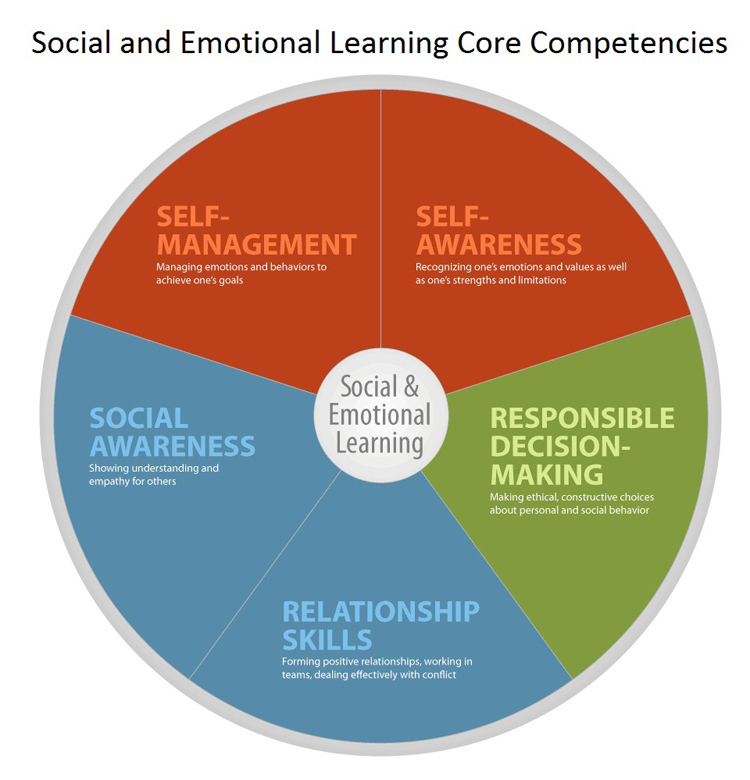In this era of change, districts, researchers, and edtech developers are looking for the catalysts to impact education reform. One area that has untapped potential for changing student outcomes is social and emotional learning (SEL).
Edtech products today often address academics and behavior independently, under the assumption that the former is the focus of classroom learning, while social and emotional learning should be used as an intervention on an as-needed basis. In my experience, this reactive model is ineffective. We should flip the switch to proactively teach SEL, as it lights the pathway for academic and personal success.
In my classroom I found that integrating SEL into school experiences can have a profound impact: increasing the academic success of students, reducing behavioral problems, lowering emotional stress, encouraging students to make better decisions, and ultimately fostering a better learning environment for everyone.
SEL isn’t about adding another class to students’ schedules or requiring teachers to plan extra activities. It’s about equipping educators with the tools and resources to integrate SEL into their classrooms and everyday interactions with children--helping students set and achieve goals, manage emotions, feel and show empathy for others, and nurture positive relationships to establish a foundation for success.
A recent report by the nonprofit research and policy organization, Collaborative for Academic, Social, and Emotional Learning (CASEL), illustrates that incorporating SEL has proven effective in urban, suburban and rural settings and across all age groups. Among students in grades 5-12, hope, well-being and engagement account for 31% of the variance in academic success. A meta-analysis conducted in 2011 found that students who received SEL instruction had academic achievement scores 11% higher than those who did not receive the instruction.
The study also found that teachers are hungry for more. Thirty-two percent of teachers believed that their schools place too little emphasis on developing students’ life skills, including their social and emotional needs.
CASEL’s philosophy is constructive in that it shatters the notion of “good kids vs. bad kids.” Typically “bad kids” are thought of as those who exhibit poor behavior. As a consequence, we give them a Behavior Support Plan (BSP) along with a Functional Behavior Analysis (FBA) to study and quantify their “maladaptive behavior” while teaching them “replacement behaviors.” I understand that BSPs and FBAs have their place in the school system, but they only address a handful of students and are a reactive intervention only for negative behavior.
CASEL organizes the Core Competencies of SEL into five domains, as shown below. Using the Core Competencies, we can reframe the conversation - we don’t have students with “problem behaviors”, but rather we have students who may lack “self management” skills. Research shows that these “self management” skills are explicitly teachable in the classroom setting, but we need to equip teachers with the tools to do so.

For example, at Goalbook we provide resources and strategies to help teachers design social and emotional learning objectives and to integrate this instruction in their classroom. All resources are aligned to Universal Design for Instruction principles and scaffolded at multiple levels.
There are several other tools I believe are helpful for integrating SEL into practice, including:
- Class Dojo: A web-based tool that makes it easy and fun to generate data on all students’ behavior. Teachers can share the data with parents, students and administrators in real time. I especially love how this teacher from Phoenix, AZ used Class Dojo to deliberately encourage positive behaviors with struggling students.
- Reach for the Sun (as featured in KQED MindShift): When students progress through content mastering concepts at their pace, they are rewarded for critical thinking and grit, which promotes a growth mindset. Carol Dweck and Angela Duckworth’s research show that those qualities are important indicators of post-secondary student success.
- Special Olympics: As a teacher in San Francisco Unified School District, I was fortunate to take part in their school partnership program with Special Olympics of Northern California. Students from the Special Day Class and Inclusion settings developed relationship skills working together on a team, while the general education students coached and mentored the players. What a win-win! Facilitating the social and emotional growth of these students through sports was one of the most rewarding experiences of my classroom career. More importantly, former students have told me it was their most meaningful middle school experience.
With the plethora of edtech products to choose from, we should critically examine whether each one is rooted in research that shows real benefit to the “whole child.” Many people talk about needing edtech to “just work, ”meaning integration, reliable products, and access to student data. These things are important, but I would personally love to see the creation of more tools for teachers that support students in developing the social and emotional skills that are critical for success in school and beyond.


